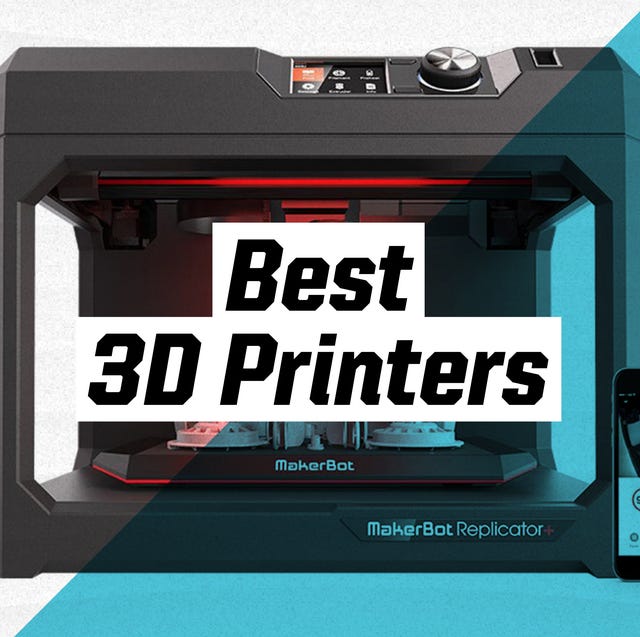When it comes to 3D printing, what is important is not the brand of your printer , but your understanding of the devices and their functions. Although 3D printers might not have as many features, they still offer the same advantages that are offered by a more expensive model. You don’t need an expensive printer just because it’s loaded with features.
1. What is a 3D Printer?
Three-dimensional printers make 3-dimensional objects through layering of material. There are numerous types of 3D printers. They are available in various sizes. These are desktop 3D printers, which could be as low as a few hundred dollars. There are also inexpensive 3D printing equipment that can be used by hobbyists and small-scale businesses. The mid-range 3D Printers come with more features than those for professionals and 3D printers designed specifically for beginners. 3D printers can be used to create 3-dimensional objects with 3-dimensional computer-aided drawings (CAD) files. A 3D printer prints an object with layers of plastic or other materials that eventually form the 3D object. There are two kinds of 3D printers: FDM and STL printers, which both use different printing methods to create 3D objects. The most affordable 3D printers are based on Fused Deposition Modeling.
3D printers require more time than regular printers because 3D printing is more difficult and requires lots of trial and error to find the perfect outcomes. How well the printer is made and what kind of 3D printer it’s, will determine how quickly 3D printing takes place. Printers that have more features will be slower to print 3D models than those without.

2. Types of 3D printers
Three-dimensional printers typically fall into one of two categories: 3D Printers or 3D Printer filaments. 3D printer filament refers to the material that is used in 3D printers that produce 3D prints. 3D printer filaments are made for both kinds of 3D printers, hot end(FFF) and cold end. Fused Deposition Modeling (FDM) is the most economical method of printing 3D models. 3D printers employ an extruder to melt plastic filament. The tube is then transported into a heatednozzle and it is forced out of the tiny opening. Then it comes into contact with the 3D printed layer below. The result is a 3D object. 3D printers with extruders , in the form of Fused Deposition Modeling(FDM) 3D printers can print virtually any type of 3D filament , from HIPS to ABS and from PLA to nylon-based filaments.
3. Materials used in 3-D printing
3D printing makes use of 3D computer-aided design (CAD) files to create 3D models. The 3D printable models are printed as 3D objects so long as the 3rd dimension has a perpendicular relationship with the 2 dimensional plane that is displayed on the screen. To print objects, the majority of 3D printers have three different types of filament. There are three types of 3D printing filaments such as ABS (Acrylonitrilebutadiene styrene), Pla(polylactic acid) or HIPS(high-impact polystyrene).
For more information, click C02 laser cutter
4. Maintenance of 3D printers
Every 3D printer requires routine maintenance to ensure it prints without any issues. Fused Deposition Modeling (FDM) printers require regular cleaning to avoid printing failures or print jams. Remove all filament from the extruder, as well as the printer’s the nozzle when there are prints jams.
5. There are various kinds of 3D printers you can purchase
3D printers usually fall into one of two categories: Printer and filaments for printers. The filament is the product that is used to print on 3D printers. Hot-end (FFF) and cold-end (3D printers) can use printer filaments. To create prints, it is recommended to use the Fused Deposition Modeling (FDM) method is employed by the cheapest printers. Fused Deposition Modeling (FDM) printers are able to print all types of 3D filament from ABS to HIPS to PLA to nylon-based filaments. Printing 3D objects done in plastics, ceramics and even metals using these printers is possible.
